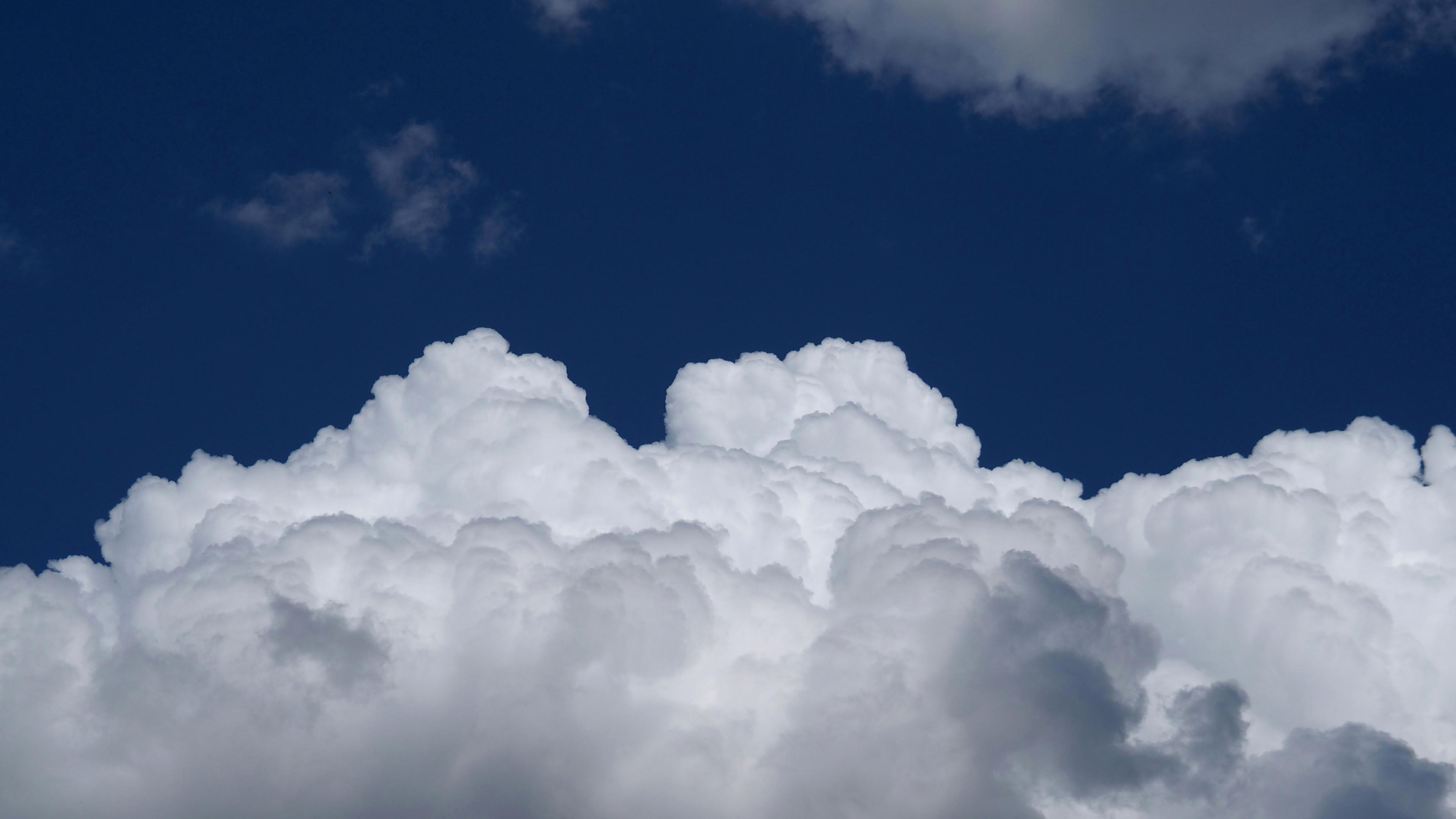Seawater Carbon Data
Ocean Time-series Data
Time-series data for inorganic carbon chemistry from discrete bottle samples from surface seawater. Carbon measurements include total dissolved inorganic carbon (DIC), the reduced isotope ratio 13C/12C of DIC (δ13C-DIC), and alkalinity (ALK).
Seawater samples are obtained from the Bermuda Institute of Ocean Sciences (BIOS) and the Hawaii Ocean Time-series (HOT) programs. The two BIOS stations in the North Atlantic subtropical gyre include Hydrostation ‘S' and the Bermuda Atlantic Time-series Study (BATS). Hydrostation 'S' is located ~26 km southeast of the island of Bermuda (32°10'N, 64°30'W) and BATS is located ~80 km southeast of Bermuda (31°50'N, 64°10'W). HOT station ALOHA is located in the North Pacific subtropical gyre ~100 km north of the island of Oahu, Hawaii (22°45'N, 158°00'W).
Acknowledgements
We acknowledge support from staff at the Hawaii Ocean Times-series (HOT) Program and the Bermuda Atlantic Times-series Study for sample collections. The DIC and ALK measurements began 1982 in the laboratory of CD Keeling under the direction of Peter Guenther, with the technical support of Tim Lueker and Guy Emanuele. With the passing of Dr. Keeling in 2005 the measurements continued in the laboratory of Andrew Dickson under the direction of Guy Emanuele, who also coordinated shipments and bottle preparations. Isotopic measurements have been made since 2005 in the laboratory of R. Keeling, with support from the Schmidt Family Foundation.
Usage Restrictions
Scripps CO2 program data and graphics on scrippsco2.ucsd.edu are licensed under a CC BY license, Creative Commons Attribution 4.0 International License (http://creativecommons.org/licenses/by/4.0/), which clarifies appropriate uses and requirements, including that credit be given to the Scripps Institution of Oceanography at UC San Diego. Some products from this site incorporate data from sources external to the Scripps CO2 program, as indicated. Additional credit must be given for these products, as appropriate for that source.
Ethical usage may also require disclosing intentions at early stages to avoid duplicating ongoing studies at Scripps or elsewhere. For applications supporting peer-reviewed scientific publications, coauthorship may sometimes be appropriate. An example would be if an important result or conclusion depends on this product, such as the first account of a previously unreported phenomenon.
Please direct queries to Ralph Keeling (rkeeling@ucsd.edu)
